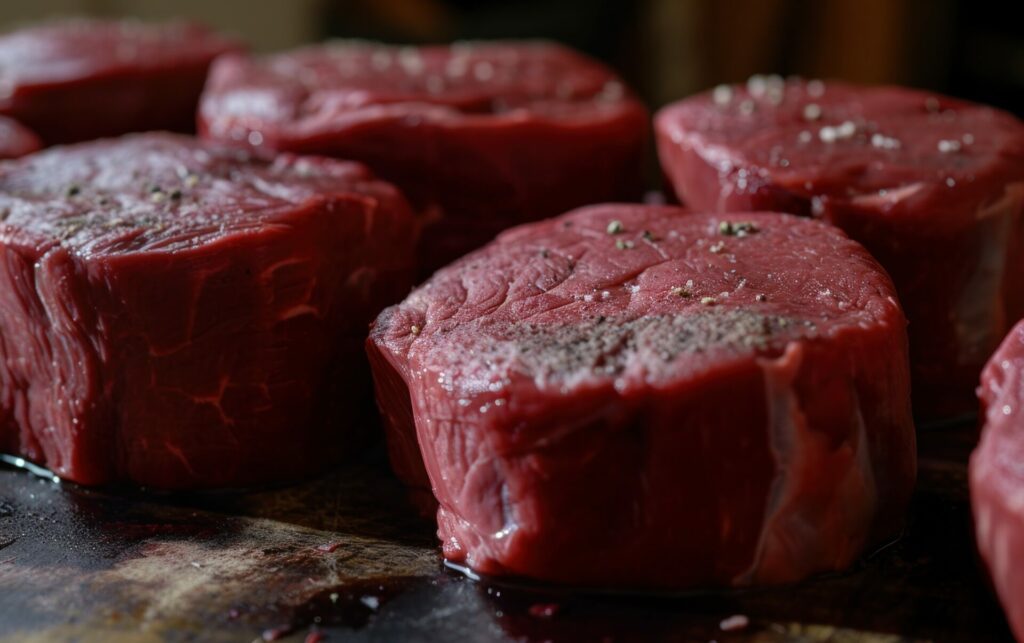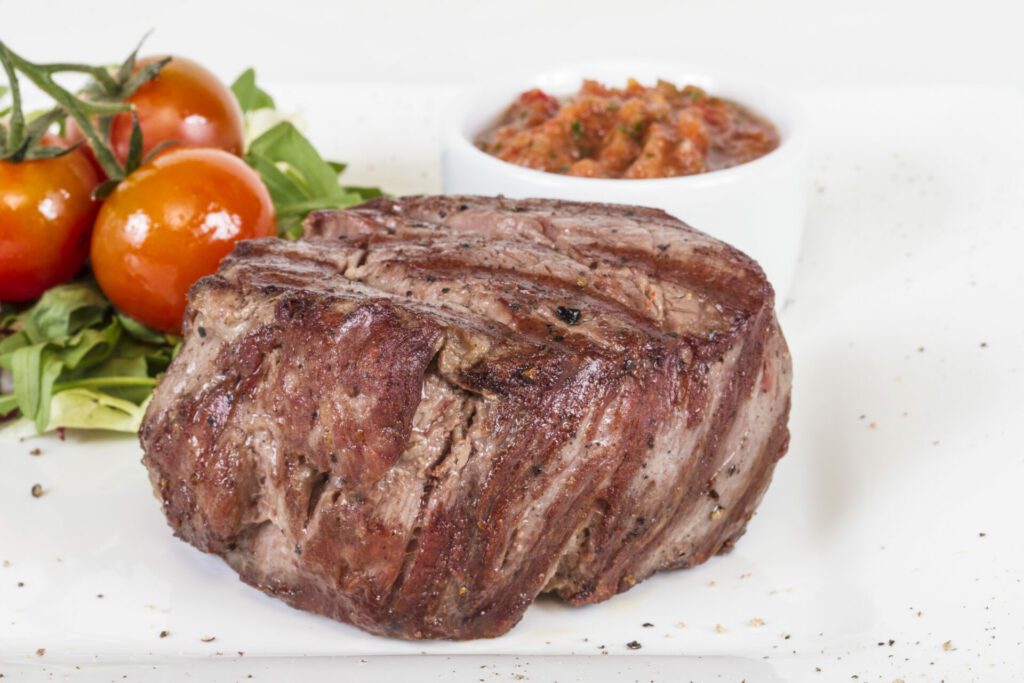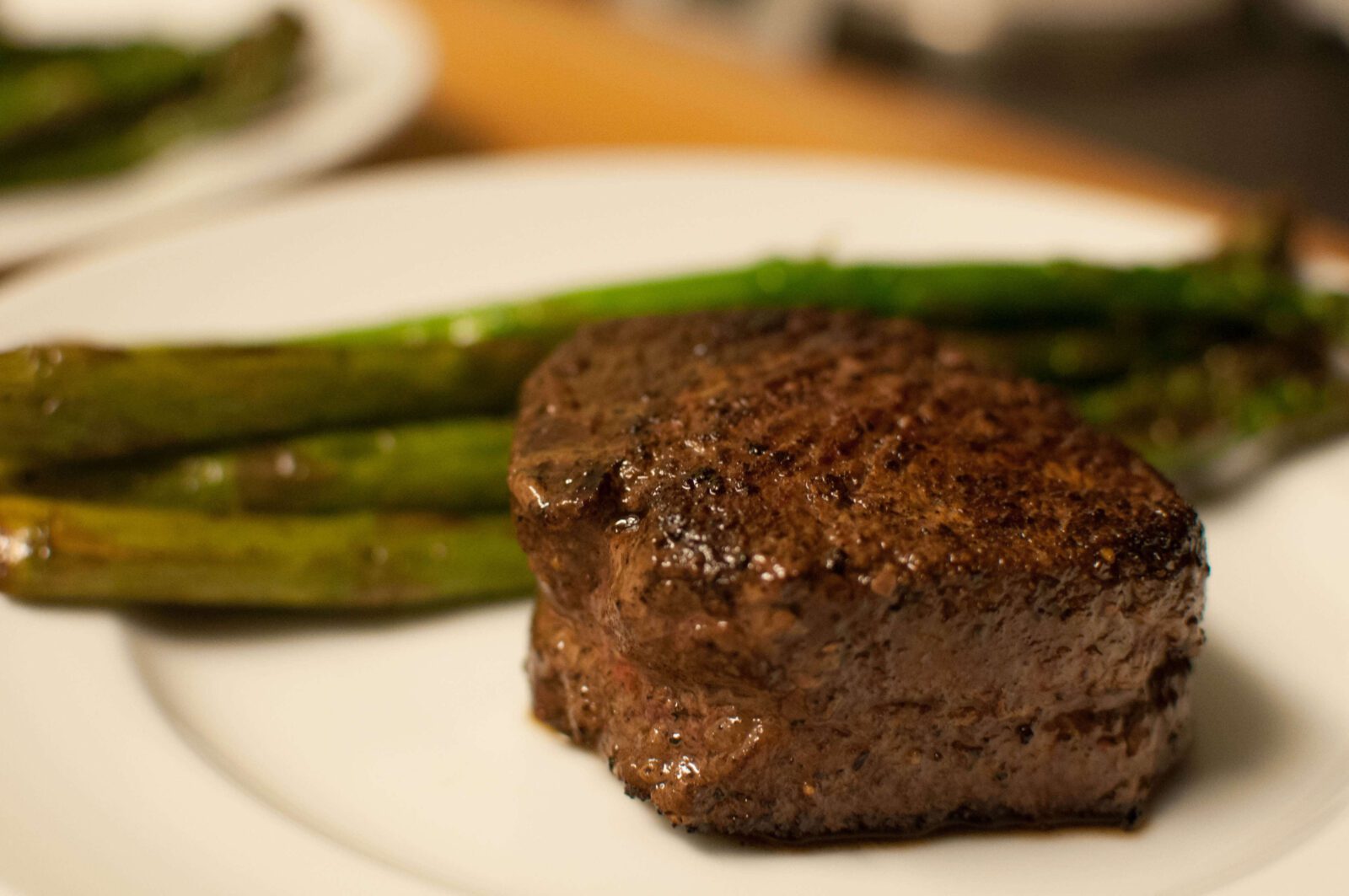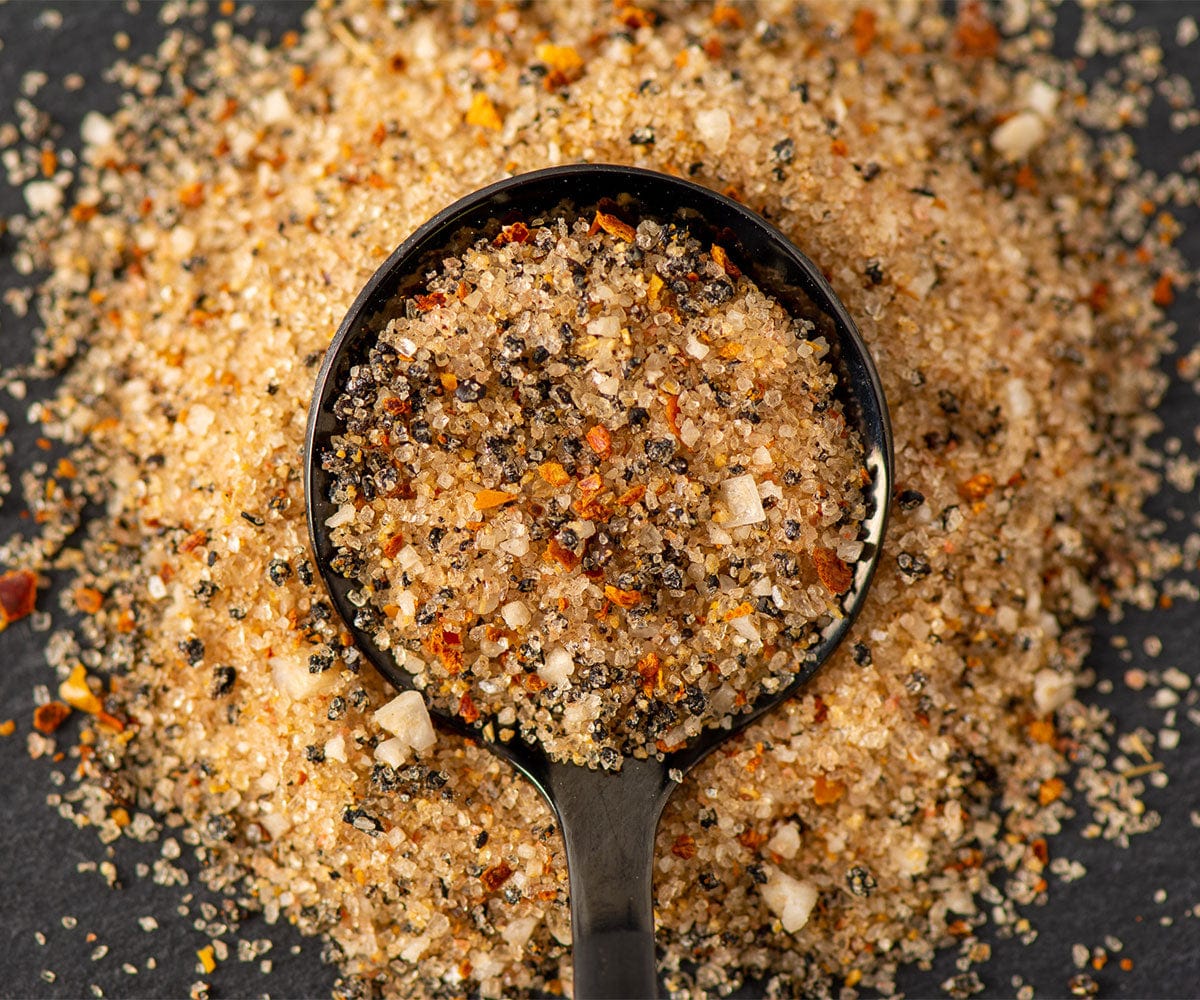One of the most sought after prime cuts in beef comes from that part of the cow known as tenderloin. Tenderloin, also known as “filet mignon” is a cut of meat that is known to be the king of steaks.
This came to be because filet mignon is widely known for the meat with tender, melt in the mouth texture. Filet mignon is taken from the small end of the tenderloin, which is also called the short loin found on the back rib cage of the animal.


Because this area of the animal does not carry any weight, prolonged movement and exercise do not toughen the connective tissues. This protected area results in extremely tender meat. But only a small portion of the meat can be taken from each animal that can be considered as tenderloin. That is why the Filet mignon slices that you can find in the market are generally one to two inches thick and two to three inches in diameter, but the true and pure filet mignons are not more than an inch in diameter and are taken from somewhere at the end of the hindquarters.
Because of its tenderness, the only way to cook the perfect filet mignon is by being very, very careful. This type of meat is so tender that cooking it should never go beyond the medium rare stage in order to savor its true flavor. The longer it is cooked, filet mignons become less tender and drier and can rob you of a truly tasteful experience.
Using the dry and high heat method of cooking steaks such as broiling, roasting, grilling and pan-frying is the only way to cook this tender cut. During cooking, cutting the meat to check the evenness of cooking should be avoided. It will let out the precious juices to escape and lessen the quality of the cooking. Instead, use the touch method in checking the meat.
By pressing the meat, you might also be able to know the extent of its cooking. If your filet mignon feels soft and squishy and leaves an imprint where you pressed it, it is cooked rare. If it is soft but becoming resilient, your filet mignon is medium rare. But when the meat becomes very firm when pressed, you might have overdone the cooking. Medium rare is the accepted way of serving fine quality filet mignons.
When storing your filet mignons, it is the usual practice to wrap it in a layer of fat to keep the flavors intact when cooked. Tenderloin has no surrounding fat tissue so a layer of fat such as suet or bacon should be wrapped around it to prevent it from drying out.
The barding, as what the layer of fat wrapped around the tenderloin is known, can also add to the flavor of the meat. If you plan to roast a whole tenderloin, make sure that you tuck and tie the small end or trim it off altogether. This will ensure that you achieve even cooking of the meat and prevent having burnt and overdone parts on your choice cut.


There is no stopping you trying to cook up the perfect filet mignon to serve up on the table. As long as you know how this choice meat cut should be cooked, you are in good hands. Just bear in mind that when you handle filet mignons, you are handling the king of meats. Put some care to it when cooking and you will be amply rewarded for your efforts.

















